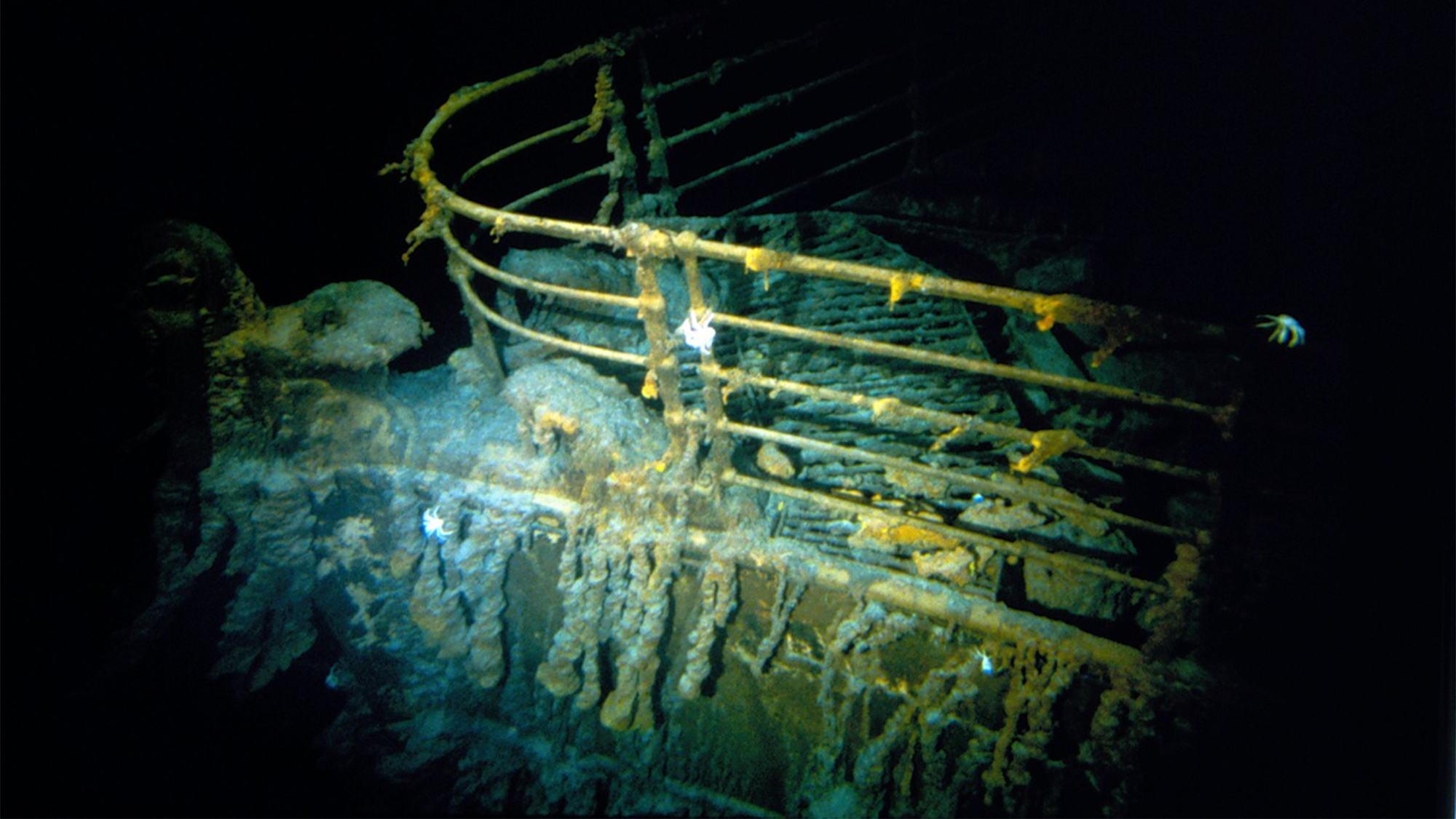

Taken at the site of the RMS Titanic in 1986, nine months after it was first discovered, more than 80 minutes of previously unreleased footage of the second expedition to the wreckage have been made public for the first time. The footage highlights the difficult work that the team did in order to bring images of the iconic ship back to the surface and advance the field of underwater exploration–like facing extremely high pressures 2.5 miles down, while keeping the tethers of the submersible from getting stuck, and not disturbing hallowed ground–at the time when the technology was still limited.

Andrew Bowen, an engineer and director of the National Deep Submergence Facility at Woods Hole Oceanographic Institution (WHOI), was on the team. For him, the ocean often provides scientists with a bit of a reality check. “The ocean is constantly throwing reminders that despite the advances in technology, we still have a tremendous amount to learn about it and about the environment,” Bowen tells PopSci.
The premiere of the footage coincides with the theatrical re-release of Titanic (1997) in celebration of the director James Cameron film’s 25th anniversary. (Cameron himself has viewed the wreckage at the bottom of the ocean at least 33 times.)
[Related: Did An Optical Illusion Doom the Titanic?]
The new footage shows the three-person research submersible Alvin approaching the Titanic wreckage, exploring the bow, and eventually parking on its deck. A then-brand new remotely operated vehicle called Jason Jr. also took a closer look into a chief officer’s cabin, one of the ship’s promenade windows, and the familiar railings alongside of the bow.

“To be able to actually inspect things on the seafloor in greater detail, that’s where the Jason Jr. vehicle came into play. It was a key part of the 1986 expedition,” says Bowen. “My first project at WHOI really was designing the Jason Jr. vehicle and that was, from my point of view, a great way to demonstrate the technology.”
WHOI senior scientist Dana Yoerger said that the crew did not collect anything from the wreckage because Ballard thought it best to preserve the site. Also, the materials would not teach us about the wreck. According to Yoerger’s statement streamed on YouTube, they have “associative value” not “historical value.”
The ocean liner hit an iceberg and sank on April 15, 1912 during its maiden voyage from Southampton, England, to New York City. While the search for the wreckage began almost immediately after the Titanic sank, technological limitations hampered recovery efforts. By 1985, WHOI had developed new imaging technology, including Argo–a camera sled that was towed from the research vessel Knorr and captured the first photographs of the wreckage almost 12,500 feet underwater.

The team led by WHOI and Robert Ballard in partnership with Institut français de recherche pour l’exploitation de la mer (IFEMER), discovered the Titanic shipwreck in the North Atlantic Ocean, roughly 400 miles off the coast of Newfoundland, Canada on September 1, 1985 and the team would take 11 trips to the wreckage in 1986.
In an interview with the Associated Press when this new footage was released on February 15, Ballard said, “The first thing I saw coming out of the gloom at 30 feet was this wall, this giant wall of riveted steel that rose over 100 and some feet above us. I never looked down at the Titanic. I looked up at the Titanic. Nothing was small.”
While there weren’t any human remains at the site, the crew saw shoes that resembled tombstones where some of the roughly 1,500 people who died during the sinking came to rest that Ballard called “haunting.”
[Related: These new robots will plunge into the ocean’s most alien depths.]
“More than a century after the loss of Titanic, the human stories embodied in the great ship continue to resonate,” said explorer, filmmaker, and ocean advocate James Cameron, in a press release. “Like many, I was transfixed when Alvin and Jason Jr. ventured down to and inside the wreck. By releasing this footage, WHOI is helping tell an important part of a story that spans generations and circles the globe.”
[Related: Archive Gallery: Our Obsession with the Titanic.]
Since 1986, the technology for exploring the ocean and its hallowed ground has vastly improved, including new autonomous underwater vehicles like REMUS and Orpheus that can explore the water the way a drone explores the air. Submersibles are now equipped with LED lights, instead of the quartz lamps on Alvin and Jason Jr. that could only see about 50 feet ahead.
However, humans won’t be out of a job any time soon.
“One constant element that remains really compelling and scientifically important is human presence in the deep ocean,” says Bowen. “Humans still have an incredible skill at assimilating to an unknown environment in a way that a machine just doesn’t. Having humans involved, to gain context about the environment is a very valuable part of exploring the ocean that endures today.”